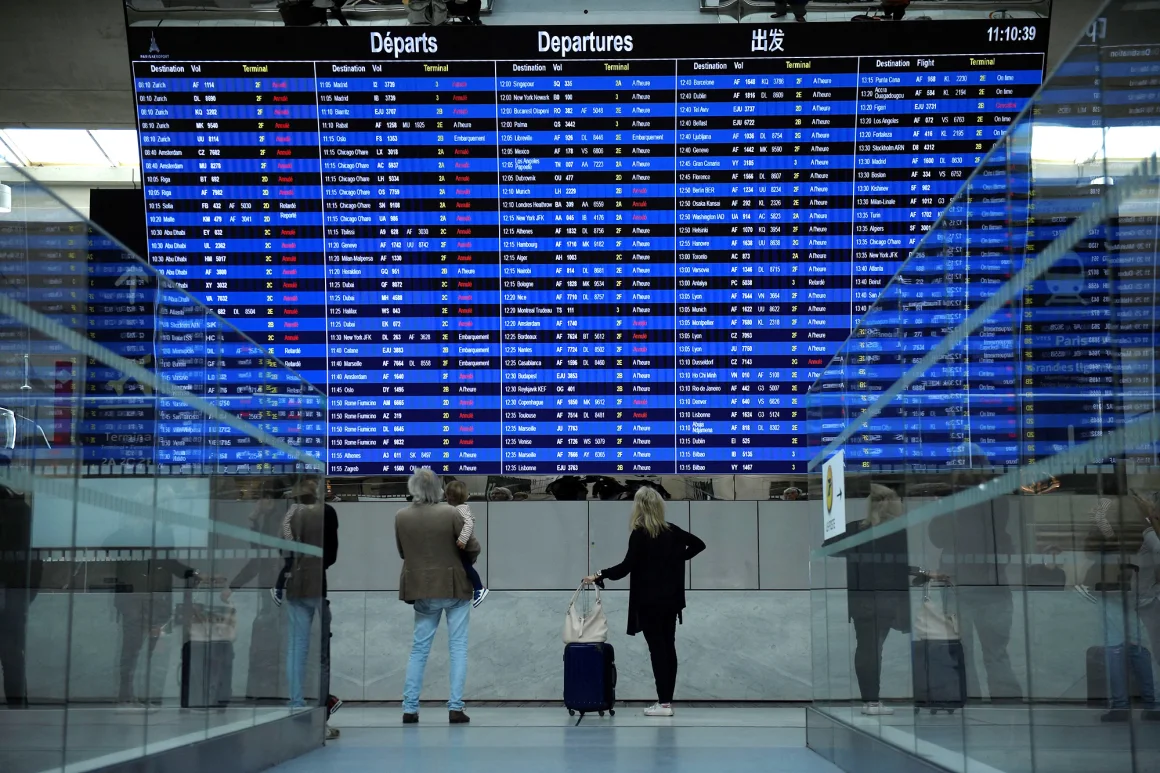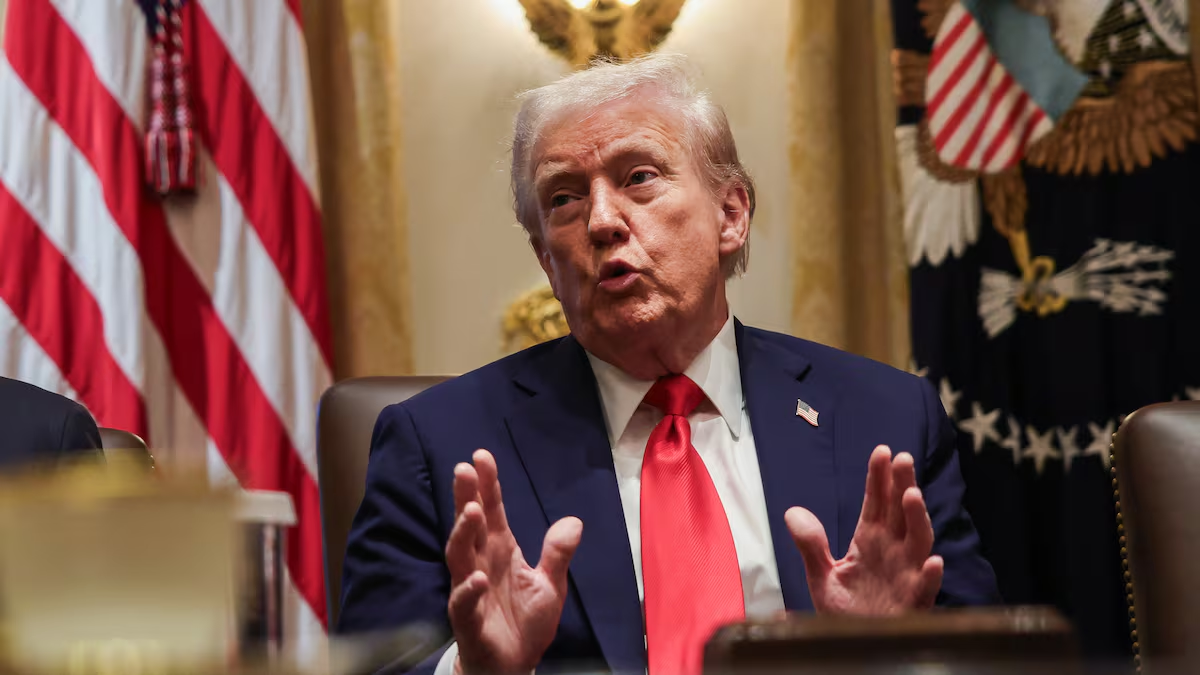BNPL services blur the line between innovation and financial risk, especially as regulations shift and affordability pressures rise
Brittany Luse, like many consumers today, finds herself caught between financial constraints and the increasing ease of instant purchasing. The search for a decent couch has become less about style and more about how to pay for it. “Every time I find one I like, I get to checkout and feel the panic set in,” she said. As living expenses grow and credit access remains tight for many, more people are turning to Buy Now, Pay Later (BNPL) services as a solution.
These short-term installment loans, offered by companies like Klarna, Affirm, and Afterpay, promise consumers the ability to split a purchase into manageable chunks without traditional credit checks. However, while this appears convenient on the surface, experts warn it may be masking deeper issues around affordability, regulatory gaps, and financial instability for younger or financially vulnerable users.
Why are consumers relying on BNPL more than ever?
A recent survey revealed that over 20% of Americans have used BNPL services, with a significant portion doing so for everyday essentials like food and groceries. The option to “split into four” now appears everywhere — from online furniture retailers to apps like DoorDash, where some consumers are now being offered the chance to “eat now, pay later.”
This ease of access has made BNPL attractive to two main demographics: young people with limited credit histories and those who have low credit scores. The barrier to entry is significantly lower than for traditional credit cards or loans, making BNPL an appealing alternative — but also a potentially risky one.
“Typing in my credit card number for a $4,000 couch feels overwhelming,” said Luse. “But breaking it down into four payments? That feels doable. That’s the trap.”
Is BNPL a financial service or just another tech product?
Many of these services emerged in an environment where venture capital poured funding into startups that prioritized growth and convenience over regulatory compliance. Analysts say this mirrors the pattern seen with platforms like Uber and Airbnb, which gained traction by sidestepping rules that governed traditional transportation and hospitality industries.
“They called it disruption, but really, it was about bypassing financial regulation,” explained author Malcolm Harris. “The whole strategy was to reshape consumer behavior while avoiding the oversight that applies to banks or lenders.”
Indeed, BNPL companies initially operated in a legal gray area, free from the Truth in Lending Act and other protections meant to ensure transparency in borrowing. That began to shift in recent years, especially when regulators ruled in 2023 that BNPL lenders are essentially offering credit and must comply accordingly.
Regulation under review: A turning point in 2025
That progress is now under threat. In May 2025, the Consumer Financial Protection Bureau (CFPB) issued a new interpretation indicating it may repeal its earlier guidance, potentially loosening oversight of BNPL providers. This move has raised concern among consumer advocates who argue that without accountability, more users may fall into debt cycles they can’t escape.
Compounding the issue, credit reporting agencies like Equifax, Experian, and TransUnion are now beginning to track BNPL usage. In the past, missed payments didn’t affect your credit score — but now, falling behind could damage your financial future.
From tech-enabled perks to financial traps
Some experts argue that BNPL’s rise is tied to the fading of what was once called the “millennial lifestyle subsidy.” For years, tech companies offered services like Uber, Airbnb, and food delivery at a loss, subsidized by venture capital to gain users. But now, as these services become more expensive, BNPL is stepping in as a way to preserve those lifestyles without addressing the underlying affordability crisis.
“We’re not the Uber generation because we love Ubers,” Harris said. “We’re the Uber generation because investors made it cheap — and that changed how we live. Now we’re being asked to foot the bill.”
The concern is that consumers, especially younger ones, may be absorbing these costs through BNPL loans that they can’t repay. Klarna, for example, has reported significant financial losses due to rising defaults, indicating that many users are struggling to meet repayment terms.
A moment for consumer reflection
With oversight in flux and economic pressure intensifying, BNPL services are at a crossroads. Are they a legitimate alternative to credit cards, or a form of unregulated borrowing dressed in a slick app interface?
As Brittany Luse found out, the lure of convenience can come at a cost. She ultimately chose to wait and pay in full, skipping the installment plan. “It’s hard,” she said, “but it feels safer than owing someone for a couch I haven’t even sat on yet.”



